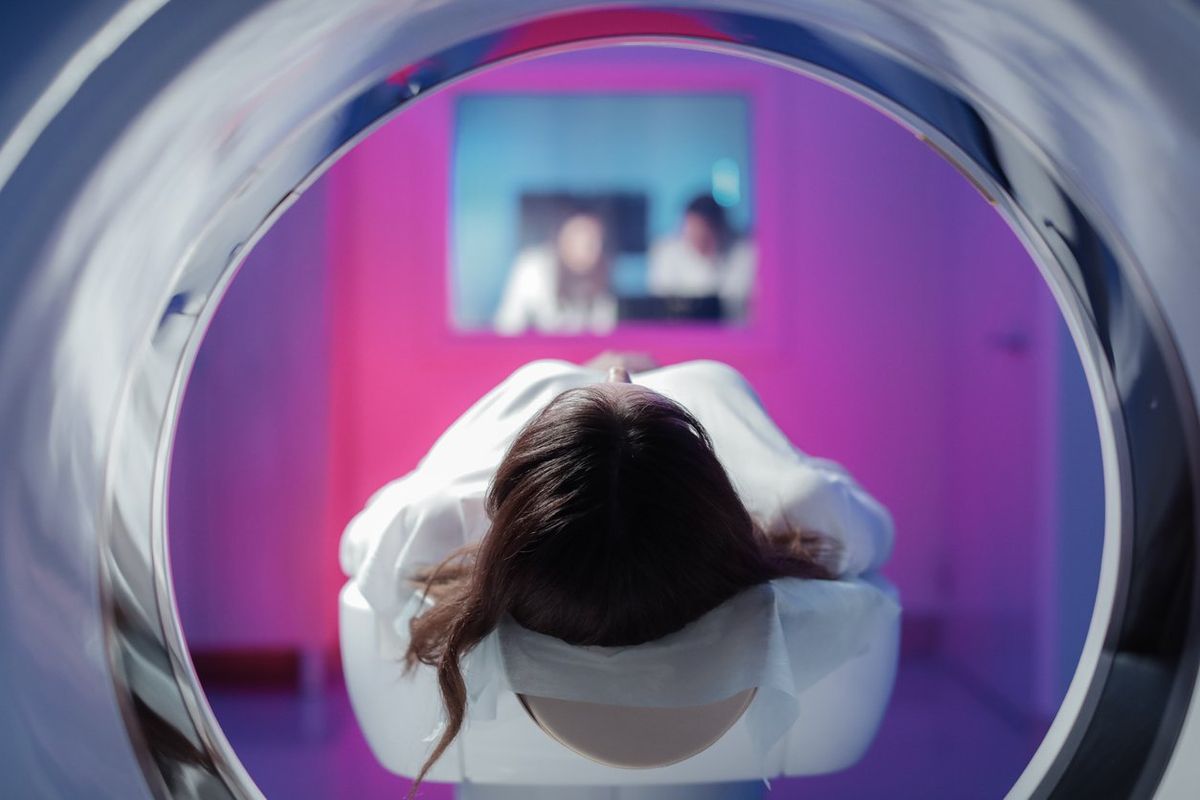
iStock.com/Sergey Ulanov
A Guide to Medical Imaging for Women
Understanding the different types of medical imaging can help you know what to expect
May 08, 2023
Jun 19, 2023
Your Health
Alex Fulton has been working in the wellness field for more than 20 years. She has written extensively about integrative medicine, herbalism, supplements and other topics related to holistic health. Alex also focuses on issues related to women's health, from menstruation to menopause. She has collaborated with physicians, midwives and functional medicine practitioners to promote natural approaches to health care for women. She has a BA in English from the University of Wisconsin-Madison.
Full BioLearn about our editorial policies

Understanding the different types of medical imaging can help you know what to expect
Medically reviewed by Barry D. Pressman, M.D., Chair of the Department of Imaging at Cedars-Sinai
Medical imaging is used by healthcare providers (HCPs) to view the body and gather information to diagnose and treat medical conditions. Understanding the different types of medical imaging can help you know what to expect.
X-rays use radiation to quickly and painlessly create images of structures inside your body. They are commonly used to diagnose bone problems, breast cancer and infections.
What to expect:
Depending on the type of X-ray, you’ll be asked to lie down or stand still, and possibly switch positions, while the machine takes the images. You should be done in 10 to 15 minutes.
Tips and tricks:
MRIs use magnetic waves to create detailed images of organs and tissue. They can be used to diagnose stroke and blood vessel issues, spinal cord problems, tumors, multiple sclerosis (MS), aneurysms, joint injuries, and more.
What to expect:
You’ll be asked to remove all your clothes and put on a hospital gown. Then, you’ll lie on a table that slides into a tunnel-like MRI machine, which may make loud noises as the magnets work. An MRI usually takes 45 minutes to an hour.
Tips and tricks:
PET scans show how organs and tissues are functioning. Undergoing a PET scan involves inhaling, swallowing or getting a shot of radioactive medicine (called a tracer) so a machine can read the radiation these tracers give off. PET scans are often used to diagnose cancer, heart problems, Alzheimer’s disease, epilepsy and Parkinson’s disease.
What to expect:
After being given the tracer, you’ll lie on a table that slides into a donut-shaped scanner. The entire process will take around two hours.
Tips and tricks:
Computerized tomography, or CT scans, use many X-ray images to create a cross-section of body parts, such as bones, blood vessels and soft tissues. CT scans are commonly used to assess traumatic injuries, fractures, tumors, infections, heart problems, cancer and more.
What to expect:
You’ll lie on a table that slides into a donut-shaped scanner, where an X-ray tube will rotate around you while taking images. CT scans are usually quick, lasting only about 10 to 15 minutes.
Tips and tricks:
Ultrasounds use sound waves to capture images of structures in the body. In addition to helping monitor pregnancy, ultrasounds can be used to diagnose gallbladder disease, breast lumps, swollen joints, genital issues and more.
What to expect:
An ultrasound technician will apply gel to your skin, then move the transducer around to create images of what’s going on inside your body. The ultrasound will probably last 30 minutes to one hour.
Tips and tricks:
If you have questions about healthcare imaging, talk to your HCP.